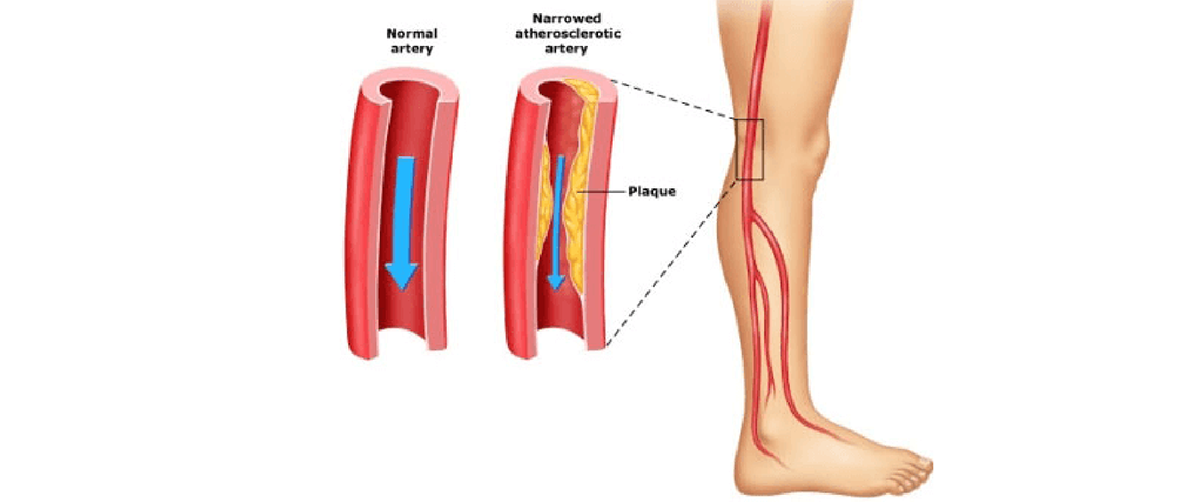Difference between Peripheral Arterial Disease and Critical Limb Ischemia
The peripheral arterial disease is a common diseased condition related to your circulatory system. During peripheral arterial disease, the narrowed arteries limit the blood flow to your limbs. During peripheral arterial disease, legs are mostly affected and as they don’t receive enough blood that is required on a daily basis. The common symptom associated with peripheral arterial diseases is claudication (leg pain when walking).
Critical limb ischemia is nothing but a severe obstruction of arteries that markedly reduce blood flow. The blood flow is generally reduced in hands, legs and feet that can leads to severe pain and discomfort. In severe conditions it can cause skin ulcers, sores or gangrene. Critical limb ischemia is a severe condition of peripheral artery diseases that required immediate medical attention by a vascular surgeon or vascular specialist.
Critical Limb Ischemia Symptoms
The common symptoms associated with critical limb ischemia include:
- Severe leg pain
- Pain and numbness in the feet
- Smooth, shiny and dry skin of the legs or feet
- Thickening of the toenails
- Diminished pulse in your legs or feet
- Open sores
- Skin infections or ulcers that will not heal
- Dry gangrene of the legs or feet
Critical Limb Ischemia Risk Factors
The normal factors that can increase the risk of critical limb ischemia include:
- Old age
- Excessive smoking
- High blood sugar levels or diabetes
- Obesity
- Sedentary lifestyle
- High blood cholesterol levels
- High blood pressure
- Family history
Ischemic vascular disease is mainly caused due to atherosclerosis. The cause of peripheral arterial disease and critical limb ischemia is quite similar. Both the diseases eventually reduce the blood flow leading to complications.
Critical Limb ischemia Treatment
Critical limb ischemia is generally considered as a serious condition that requires immediate medical assistance to re-establish the blood flow in the affected areas. Mostly people with critical limb ischemia have multiple arterial blockages that need to be treated.
The main of critical limb ischemia treatment is to improve the blood flow and pain to save the leg. Preserving the limb is the top priority during the critical limb ischemia treatment. The common means of treatment include:
-
Medication
There are several medications that can be prescribed to prevent the progression of this disease. The other contributing factors can also be prevented such as high blood pressure, high cholesterol levels and diabetes. Medications play an important role in reducing the pain caused due to reduced blood flow.
-
Endovascular treatment
Endovascular treatment generally involves the insertion of a catheter into your artery to allow the access to the diseased portion of your artery. Angioplasty can also be done to cure the blockages by making use of small balloons that are introduced with a catheter into your artery.
The balloon is inflated and helps in stretching and opening the arteries thus, improves the blood flow. Stents can also be used to expand the artery and allow the free flow of blood.
You can consult the vascular surgeon in Hyderabad to cure vascular problems like peripheral artery disease and critical limb ischemia.
Dr Abhilash Sandhyala is the best endovascular surgeon in Hyderabad who can efficiently perform the endovascular surgeries and cure vascular problems.

